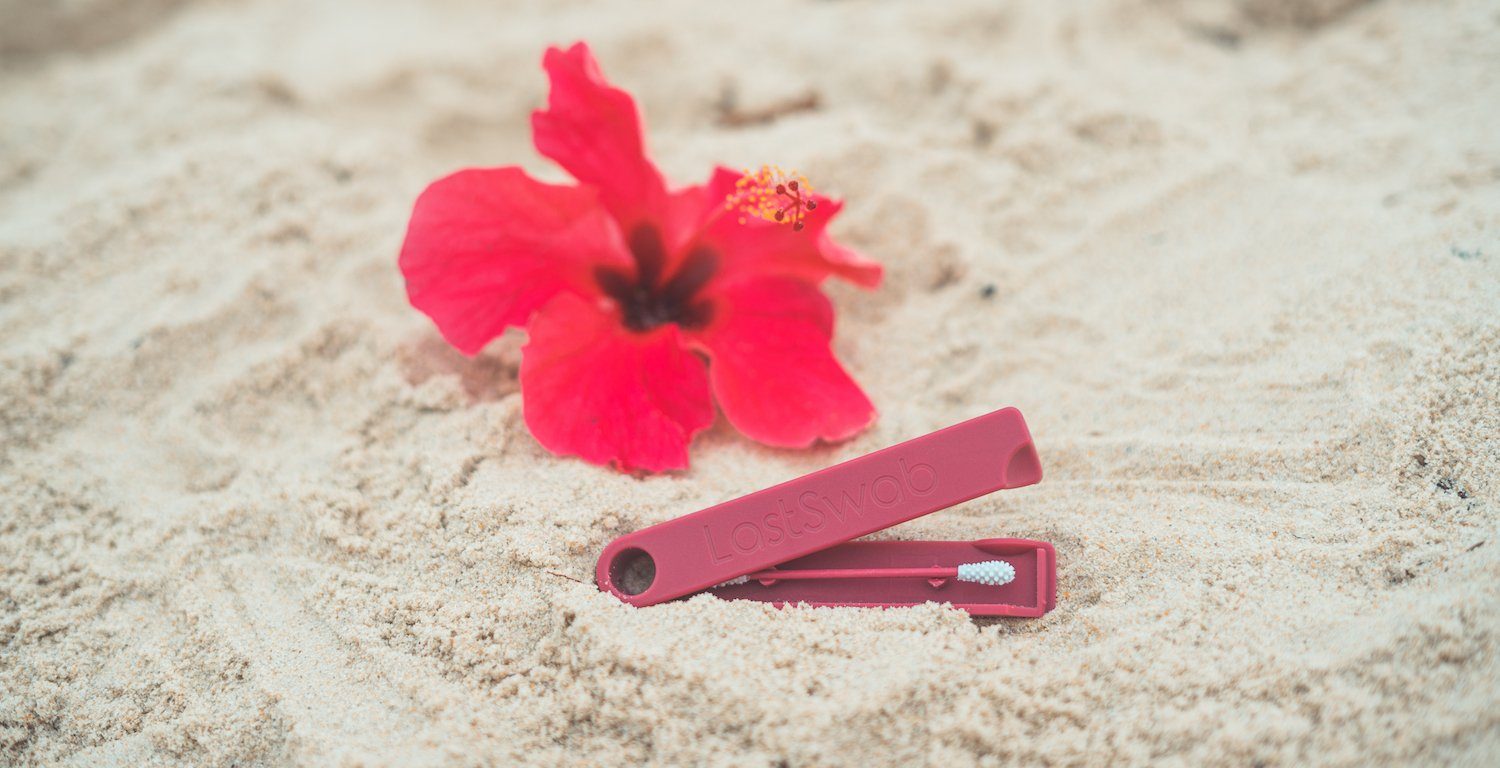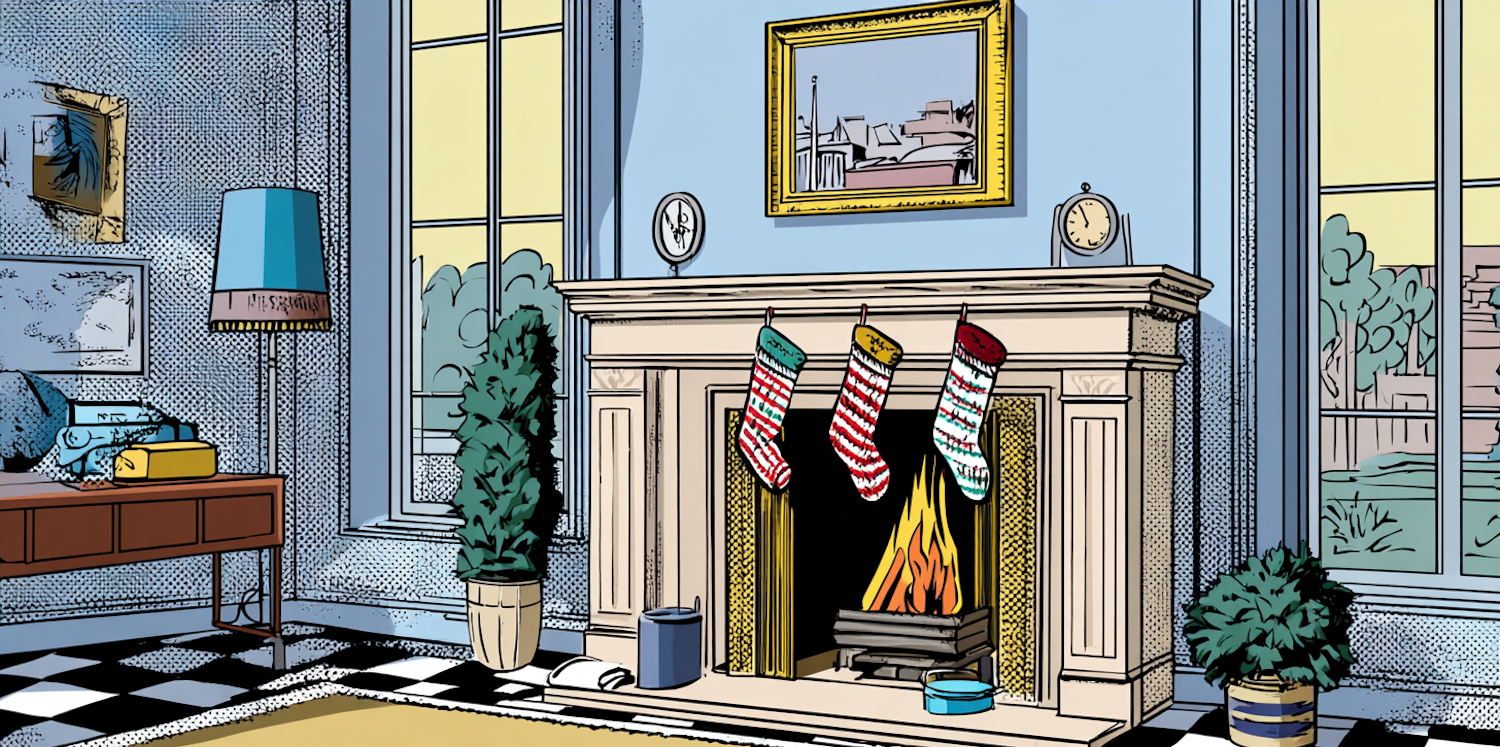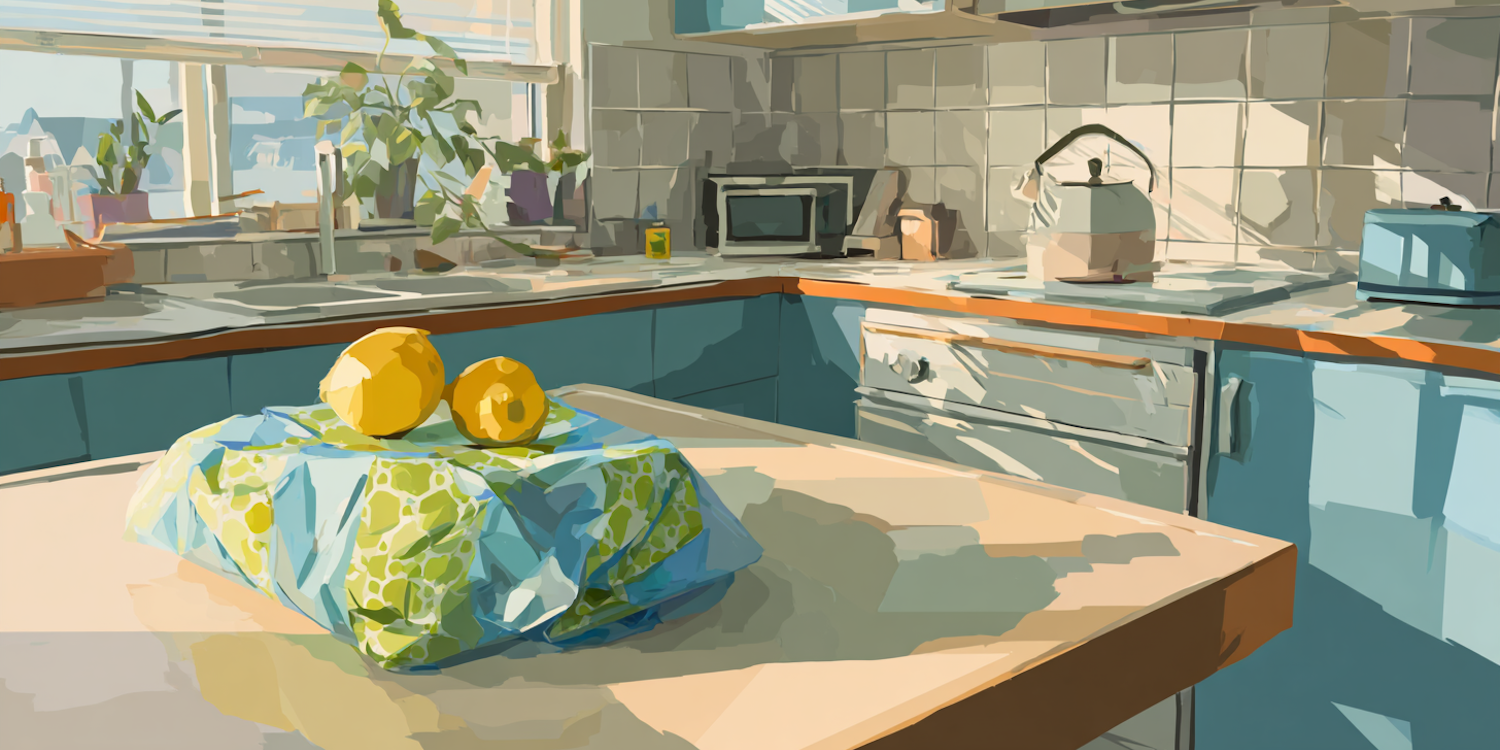Q-tips were originally made of wood and were exclusively for babies. Now, Q-tips are used on babies, to apply makeup, to remove nail polish, for ear cleaning and so much more. This product is not siloed to one group or use. While working on this blog post, we learned that the “Q” in Q-tip stands for quality. If you’re reading this, chances are that’s what you’re looking for. A quality substitution to your current unsustainable Q-tip. You’re also probably wondering if a reusable Q-tip is right for you.
There are a lot of things that factor into purchasing a new product, especially when trying a green product. You may be wondering if you’ll like this new product. You may be wondering if this new zero waste product works. You may be skeptical of how much impact you’re actually making.
After all, it’s just one little Q-tip, right?
We’re here to answer all your questions about one of our newest products, LastSwab. This is our reusable Q-tip tell all. We’ll cover the environmental impacts of Q-tips and common situations where LastSwab solves problems. We’ll also cover who LastSwab may not be right for. Let’s make LastSwab one of the most comfortable purchasing decisions you’ve ever made!
The Environmental Impacts of a Q-Tip
Plastic wrapped Q-tips are obviously the least sustainable Q-tips. Some companies have taken steps away from wrapping their Q-tips in plastic. Others have only limited the countries in which they produce plastic wrapped Q-tips.
You probably already know that plastic is unsustainable. Plastic has had an especially devastating impact on our oceans. Plastic waste impacts the lives of nearly all (around 700) ocean species. Every year, we dump 8 million metric tons of plastic into our ocean (that’s just plastic, not cumulative trash). We know that giant numbers, like these, can be hard to picture or understand. It helps us to remember the iconic SeaHorse photo from 2017. If you aren’t familiar, a tiny seahorse grabbed onto a Q-tip in the water with its tail. It’s photos like these that remind us that our little actions can have big effects on the planet.
"Every year, we dump 8 million metric tons of plastic into our ocean (that’s just plastic, not cumulative trash)."
This isn’t just about plastic, though. This is about everything it takes to make a Q-tip. In fact, there are lots of Q-tips that are more sustainable than the plastic wrapped Q-tips. Some Q-tips are made with compostable wood. Some Q-tips are made with organic cotton. Some Q-tips are made with bamboo, which is one of the most sustainable options. Bamboo is often compostable at the end of its life cycle, too. When we break down the production and the materials of a Q-tip, we can see the bigger problem. Even for the sustainable Q-tip options, we cannot continue to use a single-use item.
We must understand the full life cycle of a product to make the most impactful environmental decision. To start, cotton requires a lot of water. 1 kilogram of cotton needs 20,000 liters of water to grow. It’s also a crop that is often treated with pesticides. The land that cotton is grown on, in many cases, could grow native plants instead of foreign crops. While the soft, white, fluffy end of a Q-tip may not seem like a big deal, a lot of decisions and resources went into getting that tiny piece of cotton. Unfortunately, most of those decisions weren’t sustainable.
Single use Q-tips also have to get from one place to another, which contributes to CO-2 emissions. Consider the size of a 1,000 swab box. Now consider how many of those boxes you could fit on a truck. Now consider how many more LastSwab boxes you could fit on one truck given that they’re only one Q-tip in each box! Each of these Q-tips last for 1,000 uses, which means there are potentially thousands of additional uses being shipped at one time. Clearly, this product is a much more transportation effective product. LastObject, the makers of LastSwab, share on their website that it only takes 36 uses for LastSwab to be a lower carbon footprint decision compared to single use Q-tips.
From the land, to the ocean, to the air, Q-tips have a big effect on our environment. That’s why we must begin looking for alternatives, like LastSwab.
Why You Should Use the LastSwab
Now that we understand the big impact of such a little item, let’s talk about the solution. There are a lot of reasons you should consider purchasing the LastSwab. Here are some of our favorites at Lochtree.

First, let’s talk about something we have yet to see anyone mention - spilling a box of Q-tips. You know how it goes. A box of Q-tips gets opened. You place it in a precarious spot in a drawer. It takes up a good chunk of space in said drawer, which is annoying but you don’t think there are any other choices. The next day you topple the container over and Q-tips are everywhere. You get kind of grossed out by them and toss them. You don’t want to put something that’s been on the bottom of a drawer in your ear, right? Not to mention, months later you’ll find remnants of lost Q-tips rolling in the abyss of your drawer.
But not with the LastSwab. If the LastSwab falls out of its container simply rinse it off and put it back in the compact container. Oh, and this sustainable Q-tip’s container doesn’t take up ¾ of your one bathroom drawer. You’ve got lots of room for other fun, sustainable products. The drama of spilling your Q-tips is over. No weird finds three months later.
Here’s another scenario you may have found yourself in with Q-tips. You’re a rebel without a cause and you’re about to clean out your ears with two trusty cotton swabs. You get out of the shower and you’re feeling great. You don’t examine the cotton swab before you put it in your ear. The next thing you know, you’ve jabbed your ear canal with a stick. There’s almost no cotton! You’re concerned, but you can’t bring yourself to go to the doctor despite the throbbing pain in your ear. The embarrassment would be too much. You know Q-tips aren’t meant for ear canals and you can’t bear the thought of the lecture.
That’s never going to happen with LastSwab. We know you would never, ever put a LastSwab in your ear. If you did, you’d be greeted with soft angel kisses reminding you to take care of yourself and call your mom. At least that’s what we heard, we don’t put LastSwabs in our ears.
Here’s another nightmare - you’re blending your eye shadow. Your smokey eye is on point and you have a date on the way. You’re excited because you really like them. You take your cottony Q-tip to finish smoothing out some edges. You push down a little too hard, trying to remove some eyeshadow and the Q-tip snaps! You stab right below your eyebrow and it begins to bleed, ruining all your effort. And your date knocks on the door!
Now, what if instead you were using LastSwab. Your makeup comes out flawless. You are on time for dinner and the server compliments your smokey eye. Your date tells you they’re trying to be more sustainable. You get to tell them about this awesome product you used to get ready called LastSwab. It’s a reusable Q-tip for makeup. Your date thinks you are really cool and plans a date to the aquarium where you’ll feed seahorses.
Then, there are the environmental factors to purchasing LastSwab. LastSwab is tested to last for 1,000 uses, which means you’ll be diverting at least 1,000 Q-tips from landfills and oceans. It’s made with a small fraction of the natural resources a giant box of Q-tips is made from. You can feel good about this product's entire life cycle and all the waste you are diverting. You wish that this product was made with no plastic at all - us too. But you’re still excited to make the most sustainable choice you can right now.
Each swab also comes in some really cool colors, which includes a fun colored carrying case. The case itself is made of recycled ocean plastic. So express your bad self and pick out a color that matches you!
Lastly, the LastSwab won’t judge you if you’re the kind of person who likes to use a Q-tip in your ear, or if you don’t. LastSwab is cool with being the reusable Q-tip for ears. However, for legal reasons we’d like to state, please do not put LastSwab in your ear canal, even if it feels good. We’re not judging you either, we just have to say it.
LastSwabs Aren't for You If…
There are a couple of notes we want to make about this product to ensure you’re completely satisfied. The LastSwab isn’t absorbent, given that it is made of a rubber material. If you’re looking for something to absorb, this product is probably not right for you. Also, if you want to remove nail polish, we don’t recommend LastSwab. It cannot be used with acetone. For both those use cases we'd like to recommend the LastRound. The LastRound can absorb moisture and remove nail polish. It is also environmentally friendly and a way to reduce your single use items.
For everything else, LastSwab is a great product to replace single-use Q-tips.
A Hopeful Note on Reusable Q-tips
There is currently an estimated 5.25 trillion Q-tips in the ocean so far. If 5.25 million of us purchased LastSwab, we could completely reduce as much Q-tip waste as we’ve contributed to the ocean. That may sound like a lot of people. The reality is, if every single person in Washington D.C. got on board with this switch, we could achieve this goal. There are also 1.5 million disposable swabs produced each day. We would only need 1,500 people to consider purchasing LastSwab over a single-use Q-tip box to eliminate a day’s worth of Q-tip production.
Do we need to topple the main contributors of CO-2 gases? Absolutely. Is this still a step in the right direction to create a cleaner planet? Also, absolutely. This purchase does make a difference.
The Last Note on LastSwab
Clean your LastSwab with hand soap and water. It comes in a compostable or recyclable package. It’s been tested to last 1,000 uses. It comes in cool colors. You probably shouldn’t put it in your ears. Save Seahorses. Feel good about your environmental impact and purchasing decisions.
Buy your LastSwab here.





